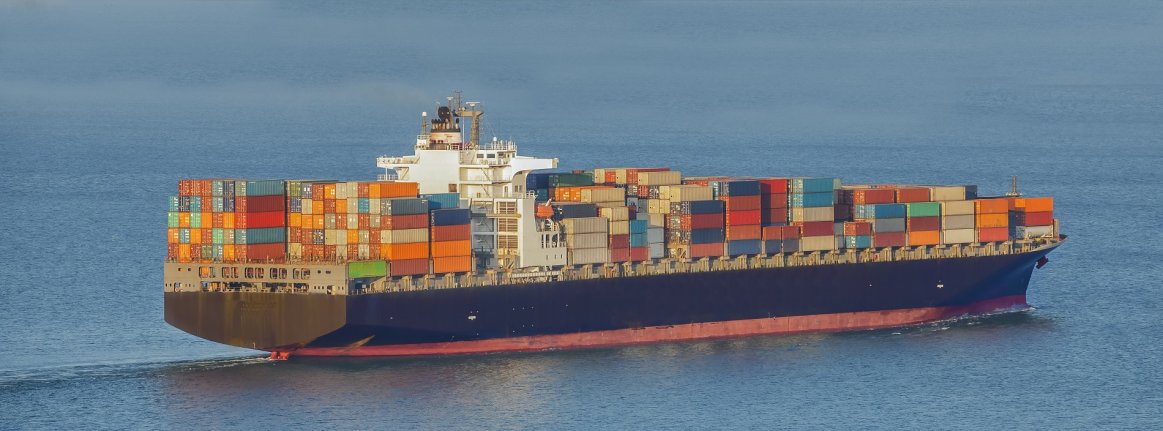
The solar coaster has had its fair share of twists and turns this year. Despite all the positive environmental and economic benefits solar energy brings to communities, those in the industry are used to having to work with regulatory challenges and uncertainty. In 2018, the United States' government has implemented a series of tariffs that impact the solar industry. This article will provide a clear summary of these tariffs so that you can be aware of how these changes may (or may not) end up affecting your business.
Section 201
In January 2018, President Trump approved the Section 201 tariffs which would result in a 30% tariff on imported solar crystalline silicon photovoltaic (CSPV) cells and modules. The tariffs will reduce by 5% per year over a four-year period, and the first 2.5 gigawatts of imported cells from any given country are excluded from the tariffs. This tariff occurred after Suniva and SolarWorld, two American module manufacturers, claimed that foreign module manufacturers were dumping their products in the country and affecting the local producers.
Following the announcement and implementation of the tariffs, module prices in the country slightly increased, and many manufacturers announced plans to open production plants locally. Jinko Solar, the largest module manufacturer in the world, announced it will open a manufacturing facility in Jacksonville, Florida, by the end of the year. SunPower, an American module manufacturing company that produces abroad, bought SolarWorld due to the latter's domestic production capabilities. Hanwha Q Cells, a South Korean Tier 1 module manufacturer, will be opening a production facility in Georgia in 2019 that will produce at least 1.6 GW. Plus, the new 2018 lower corporate tax rate makes local manufacturing more attractive than before. On the flip side, since local production capacity will be over 2.5 gigawatts, we will begin to see modules made in the United States have tariffs applied to them, as the solar cells have to be imported from Asia. And, despite the tariff increasing local manufacturing, SEIA estimates that 23,000 installation project jobs will be lost this year due to this tariff.
The table below illustrates the manufacturers Greentech Renewables works with that will soon have local manufacturing as a result of the Section 201 tariffs.
| Manufacturer | Capacity |
|---|---|
| Hanwha Q Cells | 1.6 GW |
| LG Solar | 500 MW |
| Jinko Solar | 450 MW |
| Silfab Solar | 150 MW |
Other manufacturers that will also begin to produce locally are Sunpower and Heliene. It is important to note that module manufacturers Seraphim, Mission Solar, Solaria and CSUN already produced in the United States prior to the announcement of the Section 201 tariffs and will now have to import silicon cells at tariff prices once national production exceeds 2.5 gigawatts. First Solar and its 1.6 GW factory in Ohio are excluded from these tariffs because they use a thin film cell technology in their modules made of cadmium telluride.
Section 232
In March, only two months after announcing Section 201, the Government imposed a 25% tariff on steel and 10% tariff on aluminum. Together these amount to roughly $48 billion in US imports. Initially, the European Union, Mexico, and Canada were exempt. However, in June, the Trump Administration decided to override its initial decision and ended up including those countries in the tariff. The result: steel and aluminum prices have risen worldwide and increased the costs for racking, wiring, and ground mount posts.
Section 301
Three months after the tariffs on steel and aluminum, the Government decided to begin an ongoing trade war with China by imposing a 25% tariff on several Chinese goods, including semiconductors. This tariff is expected to negatively impact all companies that manufacture products with semiconductors from China, such as inverters. Thus, while solar inverters and modules are exempt from Section 301, even if they are assembled locally the 25% tariff will impact the component cost.
Another major update from the trade war came on July 11th, when US Trade Representative Robert Lighthizer released a list of hundreds of products that the government is proposing for 10% tariffs. That list includes inverters, AC modules and non-lithium batteries manufactured in China. On August 1st, Lighthizer announced Trump wished to raise the tariffs to 25%. If this proposed tariff is put in place, companies such as Sungrow, Enphase, and Huawei will be more vulnerable because their manufacturing occurs in China. The results of this proposal are still to be determined at a hearing that lasts until August 23rd.
Final Considerations
While many manufacturers are moving their facilities to the United States, generating jobs and fueling the economy in different areas of the country, the tariffs still raise prices for solar cells and other components of solar and storage systems. Consequently, there have been thousands of installation job losses, which mostly occur in utility-scale projects where every cent gained or lost can be instrumental in determining the project's completion. For residential and commercial projects, material costs make up a lower percentage of the total project cost, and therefore these two segments of the industry are able to adjust to the tariffs more easily.
International policies have also played a role in the solar market for modules in the United States this year. Following China's recent announcement of removing solar subsidies for utility-scale projects, Chinese solar demand has reduced dramatically and could drop by up to 20 GW this year. As a result, there is an excess supply of modules originally destined to the Chinese market that are now lower-priced.
At the end of the day, the rapid rate at which technology is improving, allowing for more efficient and less expensive products, will allow the commercial and residential segments of the industry to remain competitive even with the tariffs. Plus, for the long tail residential installers, there is more flexibility to adjust soft costs, thus reducing the tariffs' impact on residential solar prices.
Comments
Thanks Brian, an insightful article and well explained.
9/28/18 Update: